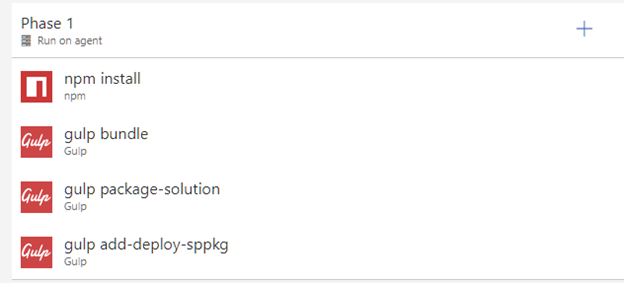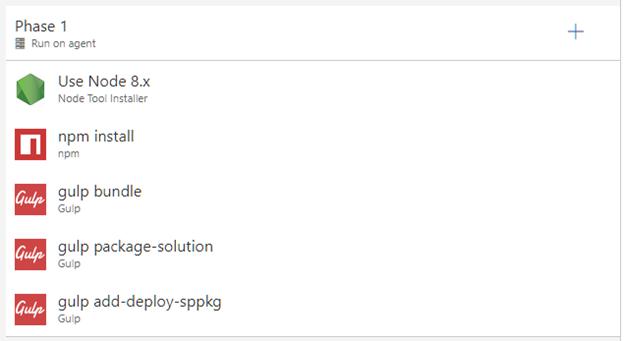Speed up your SharePoint Framework build and release process in Azure DevOps
This post is over a year old, some of this information may be out of date.
Automating your builds and releases for SharePoint Framework is easy to achieve on Azure DevOps. In the past, I have written how you can achieve it by using custom Gulp tasks or using the Office 365 CLI. One thing both solutions have in common is that they are taking 5-10 minutes to complete. Which is not that bad, but they also do not contain a lot of tasks.
In this article, I will highlight what you can do to make your build and releases to complete faster.
Basic setup
In my demo setup I used the following configuration:

The host agent which is being used is the hosted one.
Once the build gets queued, it takes six minutes to get completed.

Node version
In the Office 365 CLI article, I mentioned that since SPFx version 1.4.1 you can make use of Node version 8. In most cases, this speeds up the build process already a lot. In my tests, it is 2 minutes in average faster on Node v8 versus the default Node version the host has installed (version 6).
To use Node v8 in your build and release process, all you must do is add the Node Tool Installer task to the process.

Be sure to add it as the first task of the process and update the version spec setting to 8.x.

The updated process looks like this:

When you run this process, you should see a noticeable difference in execution time.

The biggest performance increase is in the npm installation. The reason is that in Node v6 it is using npm version v3. In Node v8 during my test runs, it used npm v5 which introduced a lot of performance improvements. The task went from 4.2 minutes to 1.2 minutes in my test run.
Using a macOS or Linux build agent
Can the process be even faster? Yes, and the way to achieve this is by using a hosted macOS or Linux build agents which are currently in preview.
Important: you can only change to the macOS or Linux host if you do not depend on Windows platform related tasks like for example PowerShell.
Switching the host is simple, all you need to do is get over to the process and witch the agent queue:

Once changed, you can test it out by triggering a new build process. Here is the result of my process:

Again, the biggest performance increase is in the npm installation process. This has to do how files are handles on Unix and Linux systems and with SPFx solutions, there are a lot of files involved. The task itself went from 1.2 minutes to 43 seconds in my test run.
Conclusion
So overall, if you put both things in place, you can achieve a performance increase of almost 5 minutes, and this for a fairly simple process.
If you are looking to improve your build and release processes, I encourage you to test out these tips.
Related articles
Using the Office 365 CLI in your Azure DevOps CI/CD pipelines for SharePoint Framework solutions
Automate publishing process of MkDocs to Static Website hosting in Azure Storage with VSTS
Conditional publish packages to NPM via GitHub actions
Report issues or make changes on GitHub
Found a typo or issue in this article? Visit the GitHub repository to make changes or submit a bug report.
Comments
Let's build together
Manage content in VS Code
Present from VS Code
Engage with your audience throughout the event lifecycle
